The avian flu outbreak is entering its fourth year, and egg prices are still sky-high. Donald Trump won the presidency in part on a pledge to lower egg prices, and in February, Secretary of Agriculture Brooke Rollins rolled out a five-point plan for defeating bird flu and making eggs cheaper. Unfortunately, it probably won’t work.
“This is beyond any farmer’s ability, or any state’s ability, to address,” Maurice Pitesky, associate professor and expert in poultry disease modeling at the UC Davis School of Veterinary Medicine, tells Sentient. “We need every tool that we can use.”
But there are effective tools and ineffective tools, and there’s good reason to think that Rollins’ proposals will fall more into the latter category than the former.
What’s Been Done So Far to Combat Bird Flu and High Egg Prices
So far, the government has attempted to fight bird flu by paying chicken farmers to kill their entire flocks if they detect one case of the virus. This indemnity program, as it’s known, has doled out more than a billion dollars so far to poultry farms across the country.
This approach has been controversial, however: In addition to the fact that it plainly hasn’t worked to stop the spread of disease, the indemnity payments haven’t been evenly distributed, with around half of all the money going to just 10 egg producers.
In theory, chicken farmers that go through this process are required to upgrade the security at their farms if they want to be eligible for future indemnity payments. But this hasn’t been enforced very stringently; until recently, farms were merely required to submit a written plan to the USDA outlining their biosecurity plans.
However, the Biden administration updated this rule at the end of 2024, and began requiring HPAI-infected poultry farms to undergo a visual audit by USDA inspectors before being eligible for any future indemnity payments.
What’s Trump’s Plan to Bring Down Egg Prices?
The Trump administration has announced a $1 billion plan to fight avian flu and reduce egg prices. Here are the five measures it contains.
1. Better Biosecurity
First, the USDA is promising to spend up to $500 million to beef up biosecurity measures at egg-laying facilities. Biosecurity refers to policies and physical infrastructure aimed at preventing avian flu from reaching egg farms in the first place.
Specifically, the USDA will be expanding a Biden-era pilot program called Wildlife Biosecurity Assessments, which involves sending agency staff to chicken farms to identify any ways in which wild birds might be infiltrating the facilities. This program was initially rolled out in Iowa, Minnesota, North Dakota and South Dakota, and as of October 2024, had been carried out on 169 farms, according to the USDA.
Why Solely Farm-Based Biosecurity Is an Incomplete Solution
Pitesky is a big advocate of what he calls “outward facing biosecurity” — that is, protecting against avian flu by monitoring and modifying the ecosystems that surround poultry farms, as opposed to only focusing on the farm itself. The reasoning is that avian flu is transmitted to poultry from wild birds, so it’s more effective to tackle the problem at the source.
In theory, Wildlife Biosecurity Assessments are a version of this. But in practice, they fall short of what Pitesky is suggesting, because they aren’t dynamic.
In order for outward facing security to work, Pitesky says, the surrounding ecosystems need to be monitored, and potentially modified, on an ongoing basis, not just once. That’s because environments change over time, and so do the threats that they pose as potential transmitters of bird flu.
But Wildlife Biosecurity Assessments don’t do this. They’re just a one-time analysis, and as such, they don’t and can’t account for the ways in which environmental risks change over time.
“The thing that we all have to realize is that the farm doesn’t change location, but the habitat around the farm changes,” Pitesky says. “What they’re doing is not bad, per se, but they’re just doing a spot check.”
Another Major Oversight: Data
Pitesky also points to another potential shortcoming in the USDA’s plan: data. In order to carry out a successful biosecurity assessment, farms need robust and reliable data about their own operations, and they need to store that data in an accessible way to facilitate future biosecurity assessments.
“The big, dirty secret is that lots of farms don’t have the data that you need in order to do those biosecurity assessments, and they don’t have the data stored correctly,” Pitesky says. “You can’t really do these biosecurity assessments unless you start developing web tools, app-based tools that can be easily completed, filled out, ranked and sorted to understand risk.”
The announcements by Rollins and the USDA make no reference to data, and without proper data collection and storage, there’s a hard ceiling to how effective any biosecurity assessments can be, ongoing or not.
“When the USDA says they’re going to spend all this money on hardening the biosecurity around these facilities, data doesn’t usually get captured in that,” Pitesky says. “No one really focuses on the data to figure out where the risk is greatest.”
2. Increased Financial Relief for Chicken Farmers
The second “prong” of the USDA’s new bird flu strategy is essentially an expansion of the Biden administration’s indemnity program for poultry producers, whereby poultry producers are paid to kill off entire flocks if and when a case of avian flu is detected.
The fact that Trump’s administration is expanding this Biden-era initiative is notable given that in January, the White House criticized the program and blamed Biden for high egg prices.
This has become a bit of a running theme in Trump’s USDA; the agency’s recent press release also quotes Rollins as saying that “the Biden administration did little to address the repeated outbreaks,” then refers to the Biden administration’s Wildlife Biosecurity Assessments as the “gold standard” in biosecurity.
Why This Solution Is Vague
The goal of the indemnification program is to incentivize farmers to report and snuff out avian flu outbreaks on their farms as quickly as possible. That hasn’t been how it’s played out, however, as in practice payouts lowered the economic risk of an outbreak. And as it’s currently structured, it’s still resulted in many poultry farmers taking a financial hit, even with the indemnity payments.
It takes time to disinfect and repopulate a farm after killing all of the chickens in it, and this lag time represents lost profits for chicken farmers. Current policy also prohibits poultry farms that are near infected sites, but have not yet been infected themselves, from placing new flocks in their facilities until after the nearby infection has been contained, thus cutting into their profits as well.
Lawmakers have recently introduced legislation that would modify the indemnity payment structure in an attempt to more fairly compensate chicken farmers in their attempts to contain avian flu. In the meantime, the Rollins plan seems to be aimed at accomplishing that same goal.
Exactly how it will do so is unclear, however. In a call with reporters, a USDA spokesperson said indemnity rates would be based on “ fair market value,” while a USDA press release promised “new programs…to aid farmers to accelerate the rate of repopulation.” What these programs will look like, however, is anybody’s guess.
3. Funding for Vaccine Research
The USDA is also pledging to invest “up to $100 million” toward the development of “vaccines, therapeutics, and other innovative solutions,” and will hold biweekly discussions on this topic.
Why This Solution Is Vague & Logistically Challenging
This aspect of the plan, too, is vague on details. Launching a vaccination program for chickens poses a number of logistical challenges, Pitesky says. In addition to the fact that it’s physically difficult to vaccinate tens of thousands of chickens on a regular basis, a successful vaccine program would also have to account for the fact that HPAI comes in many different strains and is regularly mutating.
“If we’re really going to vaccinate, and I sense that we’re moving in that direction, my objection is that we need to put in place a really robust surveillance system so we can make sure that whatever we’re vaccinating against is the dominant version of the virus floating around in wild birds,” Pitsky says. “I haven’t really seen people talk about that, and that scares me a little.”
Another wrinkle: many countries won’t import vaccinated poultry, which is why the USDA has dragged its feet on vaccination in the past.
4. Deregulation
The fourth component of Rollins’ plan is a rollback of certain “regulatory burdens” — including animal welfare laws — that, according to the administration, have contributed to high egg prices.
These laws include regulations concerning backyard chicken flocks and individual farmers who aren’t selling their eggs. While the laws differ from region to region, certain localities restrict chicken ownership in various ways, and the administration wants to “minimize burdens” on chicken owners, and would-be chicken owners, in those areas.
Why Deregulating Chicken Ownership Won’t Make Much Difference
Pitesky says deregulation for chicken owners probably won’t make much of a difference, as restrictions on chicken ownership are already minimal and rarely enforced.
“I’m sure there are rules, but I’ve never seen chicken police [enforcing them],” Pitesky says. ”So I’m not exactly sure what they’re talking about.”
Backyard chicken eggs might also seem cheaper, but they certainly aren’t a solution for bird flu, since backyard chickens can be even more vulnerable to wild bird interaction.
What Prop 12 Deregulation Could Mean for Egg Prices
Rollins also endorsed a move that would be much more significant than deregulating backyard chicken farms: repealing Proposition 12, the California law that restricts the in-state production and sale of certain animal products that were produced using “extreme confinement.” In essence, Prop 12 requires egg producers to give their chickens a minimum amount of space to live if they want to produce or sell eggs in the Golden State.
The extent to which Proposition 12 has actually increased egg prices is a topic of heated debate, and it’s especially tricky to tease out because the law didn’t go into effect until January 2022 — the same month avian flu hit the U.S.
That said, a 2023 analysis by Mingcong Xie at Purdue University concluded that Proposition 12 caused egg prices in California to increase by between 25 and 73 cents per dozen. That’s obviously more than zero, but it’s still a relatively small increase, especially given that California eggs are already much more expensive than elsewhere in the country. It also pales in comparison to subsequent surges in egg prices, which only occurred after avian flu was in full effect and farmers had begun culling their flocks.
The egg lobby has opposed Proposition 12 from its inception, and in general, so have elected Republicans. In 2024, Republican senators introduced a draft version of a farm bill that would repeal Proposition 12, and various groups sued to have it overturned shortly after California voters approved it in 2018.
But the Supreme Court upheld the law’s constitutionality, and because of this, only Congress can repeal it now. And although conservatives generally oppose Prop 12, they’re not unified in this: A handful of staunch Republicans in Congress want to keep Prop 12 on the books, and this could imperil any attempt to repeal it.
5. Import Expansion & Export Restriction
The last prong of Rollins’ egg plan is also the vaguest. The USDA will “explore options for temporarily increasing egg imports and decreasing exports,” according to its press release, in an attempt to bring down egg prices. But even if Rollins had offered details, which she didn’t, it’d still be an odd plan.
Why It’s an Unlikely Solution
For one, the U.S. doesn’t export very many eggs in the first place. In 2022, only 1.7 percent of all U.S.-produced eggs were exported to other countries according to industry figures, so any reduction in exports would have a minimal effect on the overall availability of eggs in the United States.
The same goes for imports. CBS News reports that the Trump administration is in talks to import between 70 and 100 million eggs from outside the country over the next few months.
That might sound like a lot, but the U.S. produces between 8 and 9 billion eggs domestically every month. This means that even if the Trump administration imported twice as many eggs as it intends to, it wouldn’t amount to even one percent of the eggs produced in the U.S. over the same period of time.
The Bottom Line
There’s reason to doubt the efficacy of these measures. But it’s also worth acknowledging that, flawed as the USDA’s plan might be, it’s not as if there’s some other obvious solution to the bird flu outbreak that the administration is leaving on the table. This is the longest and deadliest bird flu outbreak in history, and the measures that worked in the past simply aren’t working now.
But ultimately, the only reason egg prices are a matter of national concern is because Americans want to keep eating eggs. Despite the fact that the modern poultry industry has essentially remade the animal population on the planet and been a disaster for animal welfare, the average American eats around 280 eggs a year. Until this changes, the amount of money in Americans’ pockets will be impacted by the current state of highly pathogenic avian flu viruses.
Trump’s Plan to Lower Egg Prices, Explained was originally published by Sentient Media. Seth Millstein is a writer and musician living in the Bay Area.




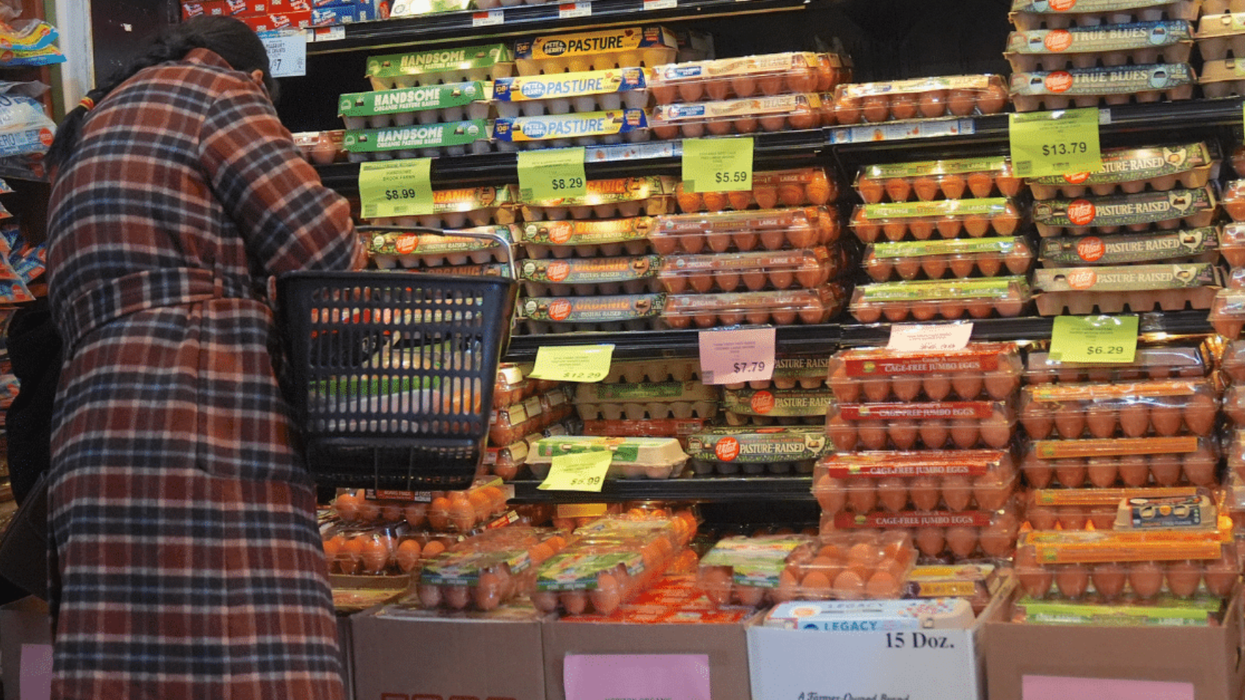



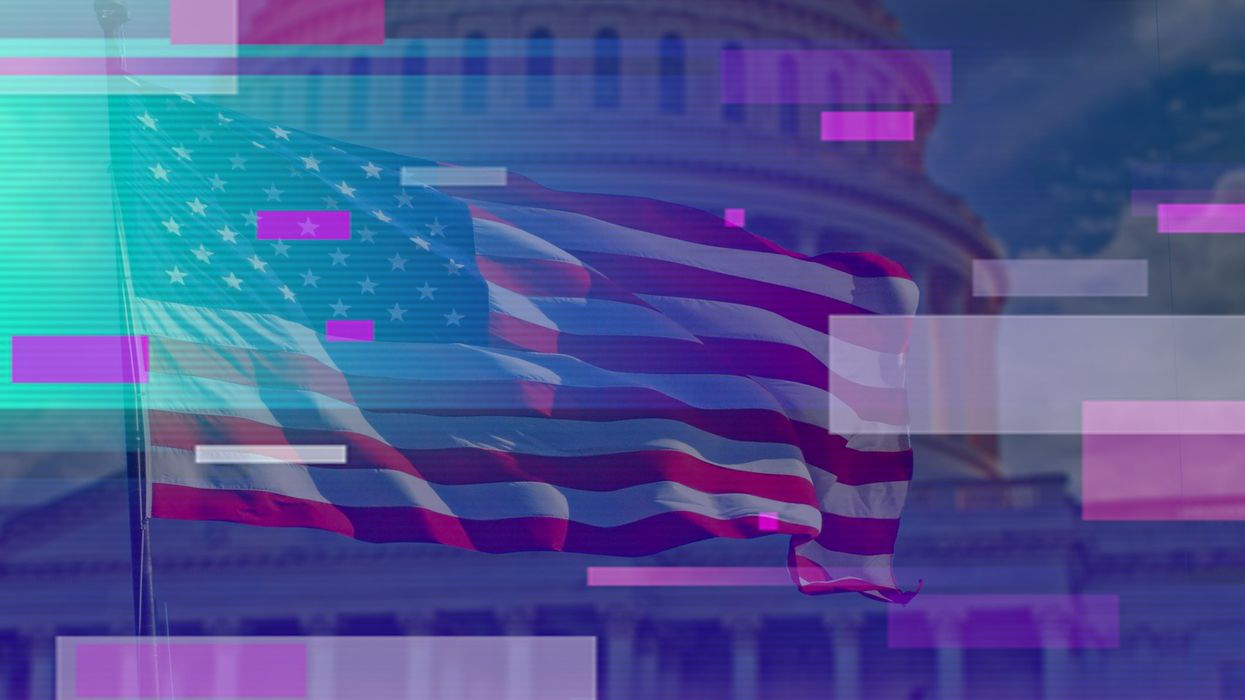
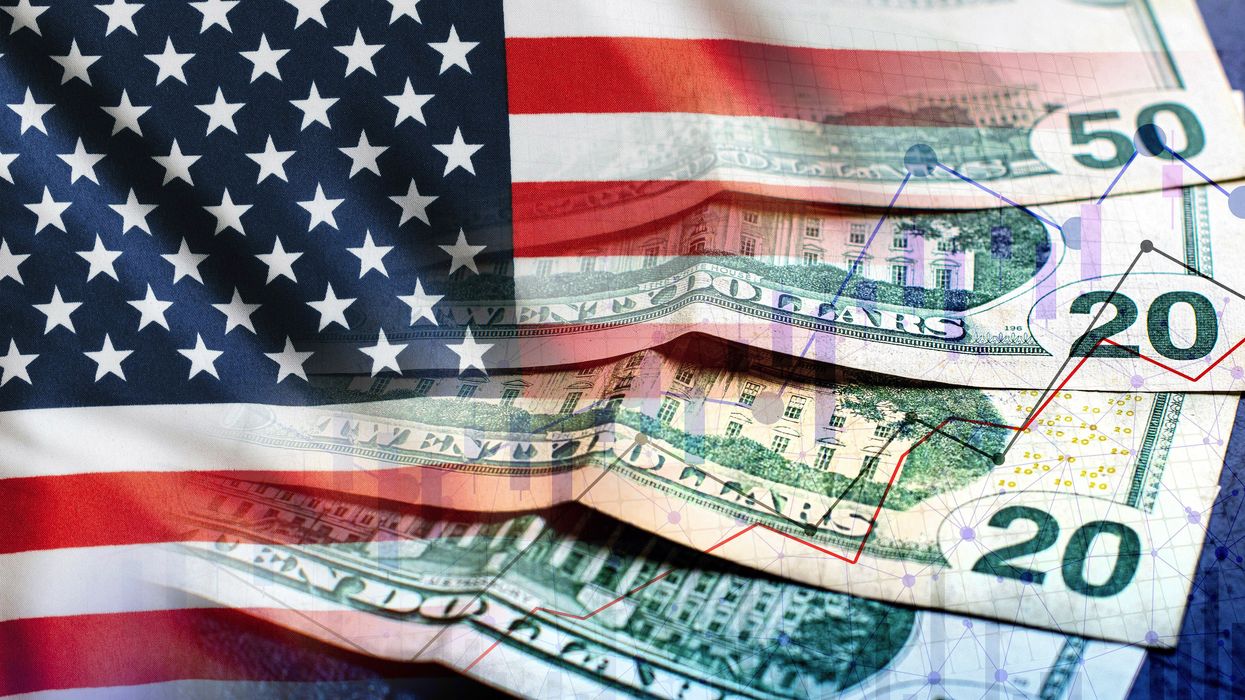





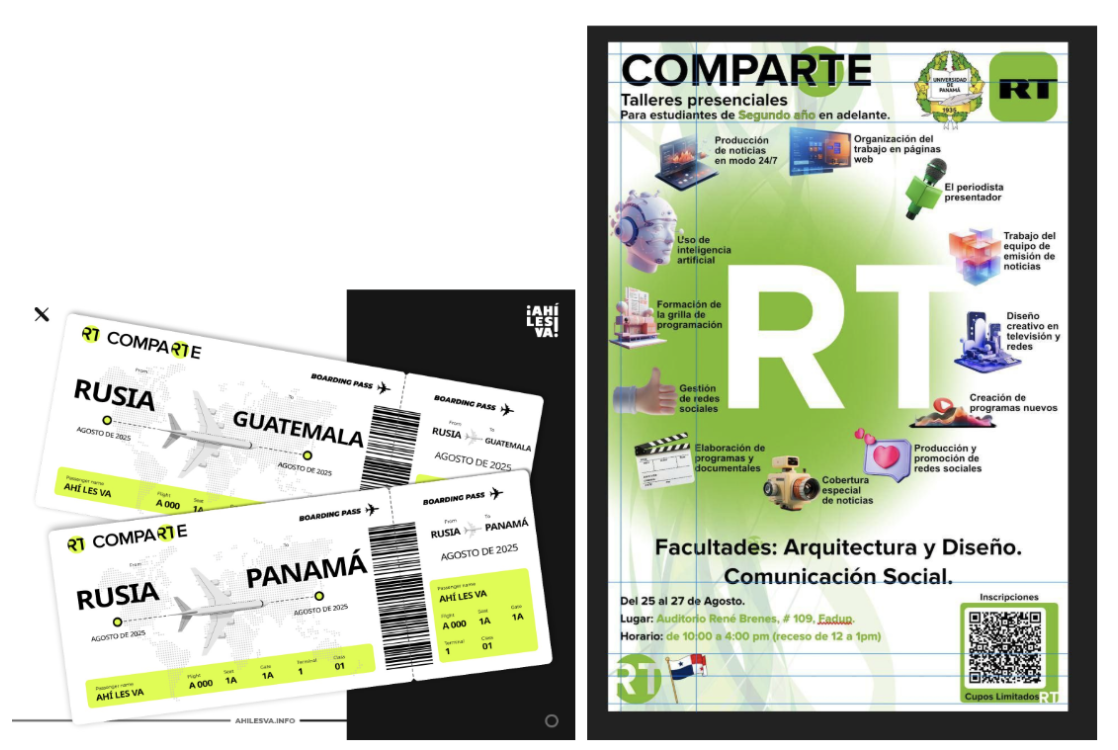






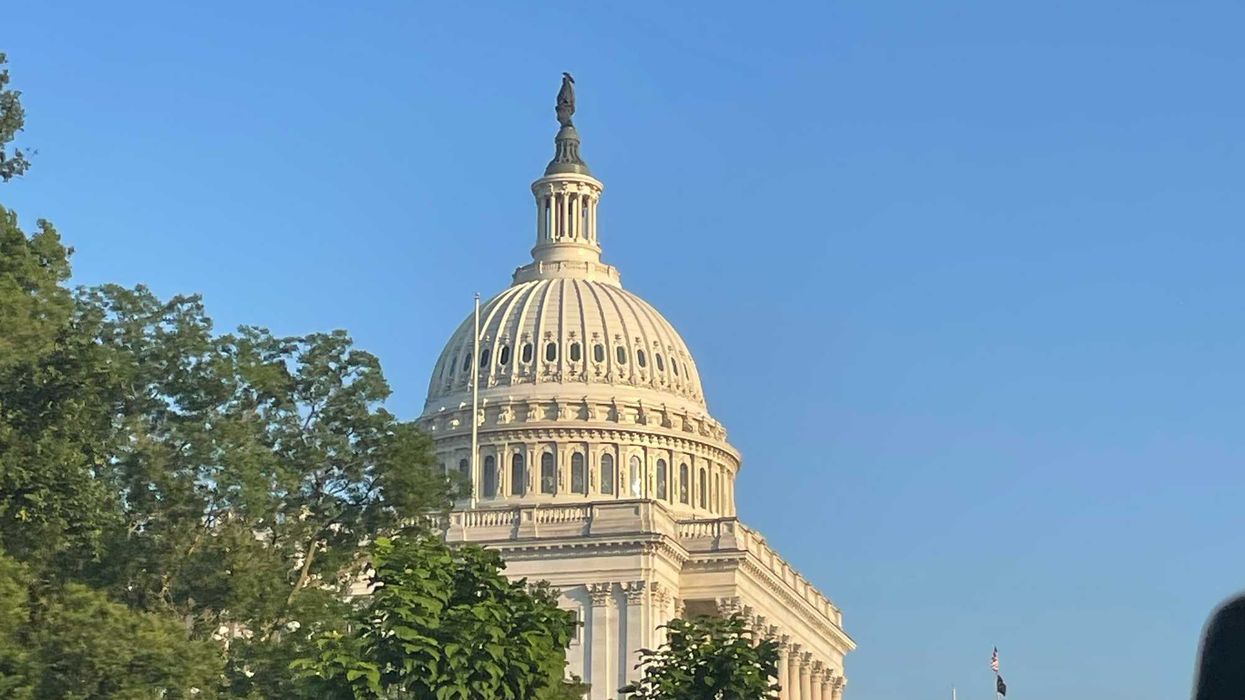

 Source: Corporate Pero Latinos
Source: Corporate Pero Latinos Source: Corporate Pero Latinos
Source: Corporate Pero Latinos Source: Corporate Pero Latinos
Source: Corporate Pero Latinos